Utility Design
When constructing a land development project, water, sewer, and storm drains are the three major wet utilities that fall within the civil engineer’s design scope.
Water Lines: At EPOCH, our engineers design water lines to meet both domestic and fire demands as required by local jurisdictions. We analyze the hydraulics related to pressure and flow based on available static and residual values from nearby water lines. Following a comprehensive hydraulic analysis, we prepare detailed design plans showing the horizontal alignments and accessory components. These components include meters, detector checks, backflow preventers, fire department connections, post indicator valves, air valves, thrust blocks, valves, and hydrants.
Sewer Lines: Sewer lines are essential in areas where septic tanks and leach fields are not feasible. We start by assessing the condition of existing sewer lines to ensure they have the capacity to handle additional discharge from a proposed development. Using both theoretical data and actual flow monitoring data, we prepare thorough sewer studies. Once we confirm the existing sewer line can accommodate an upstream sewer system, we create sewer plans showing the horizontal and vertical locations of the proposed sewer system, including accessory structures like lift stations, manholes, laterals, and cleanouts.
Storm Drains: Storm drains are integrated into a grading and drainage plan to ensure that stormwater runoff from storm events is properly captured, routed, and discharged at predetermined locations. Our process begins with reviewing data from hydrology and hydraulic analyses to confirm the storm drain system’s size aligns with expected runoff. We then prepare plans detailing the horizontal and vertical locations of the storm drain system and its accessory structures, such as catch basins, manholes, junction structures, transition structures, energy dissipators, and concrete collars.
At EPOCH, we ensure that our utility designs are precise, efficient, and compliant with all regulatory standards, providing a solid foundation for successful land development projects.




